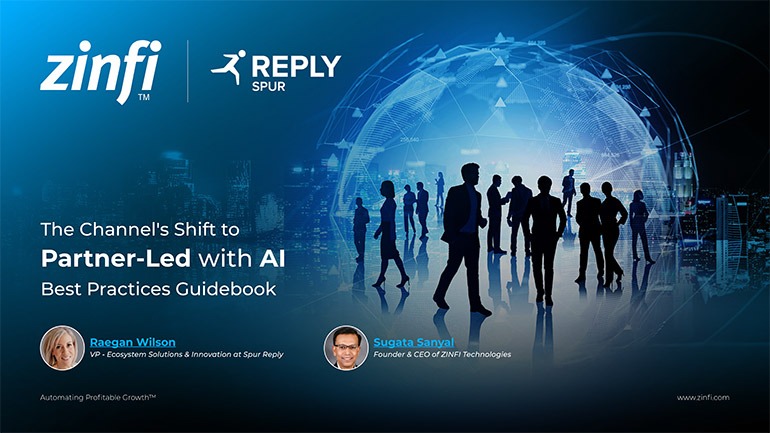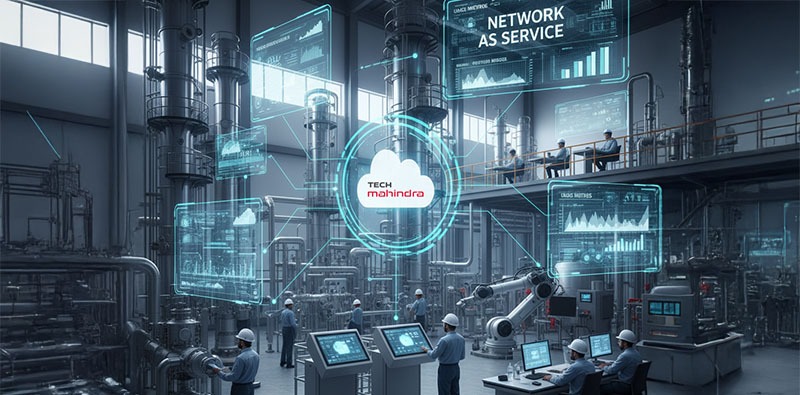Best Practices Articles
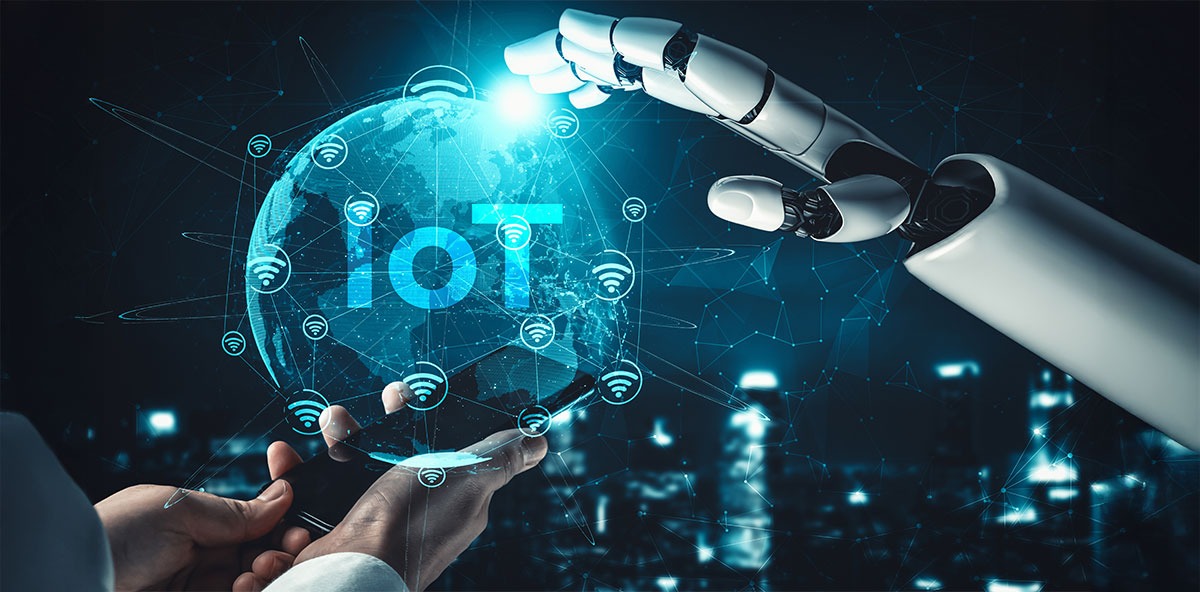
IoT and AI: The Dynamic Duo Driving Industry 4.0 Transformation
A series of transformative leaps has marked the evolution of manufacturing, each unlocking new levels of productivity and innovation. The third industrial revolution, driven by the advent of the computer and the programmable logic controller (PLC), brought us the era of automation, where individual machines and processes could be programmed to perform tasks with precision and consistency. This was a monumental step forward, but it was characterized mainly by siloed, pre-programmed operations. Today, we are in the midst of the fourth industrial revolution, and its defining characteristic is not just automation, but intelligence. The driving forces behind this new era are two deeply intertwined technologies: the Internet of Things (IoT) and Artificial Intelligence (AI). IoT is the technology of mass connectivity, creating a vast digital nervous system that allows every factory machine, sensor, and component to communicate and share data. AI, in turn, acts as the brain of this connected ecosystem, processing the immense volumes of data generated by IoT to learn, predict, and ultimately, act. This powerful harmony is the engine of the Industry 4.0 transformation, moving us beyond the automated factory of the past and toward the intelligent, adaptive, and ultimately autonomous factory of the future.
This transition from automation to autonomy represents a fundamental paradigm shift in managing manufacturing operations. Automation is about making processes repeatable and efficient based on a fixed set of rules. Autonomy, however, is about creating systems that can sense, reason, and adapt to changing conditions in real-time, often without human intervention. The automated factory is highly efficient in a stable, predictable environment. The autonomous factory is resilient and agile in a dynamic, unpredictable environment. This intelligence layer, powered by the continuous feedback loop between IoT sensors and AI algorithms, is what allows for a level of operational excellence that was previously unimaginable. It enables systems that can not only tell you what happened in the past (descriptive analytics) or what is likely to happen in the future (predictive analytics), but also what you should do about it (prescriptive analytics), and in some cases, can even take the necessary action on their own. This is the intelligence revolution in manufacturing, reshaping every aspect of the value chain.
🎥 Watch the Full Video Podcast
IoT as the Foundation for Data-Driven Manufacturing
The journey to an intelligent factory begins with data, and the primary enabler of data acquisition at scale is the Internet of Things. IoT refers to the vast network of physical devices, from simple sensors to complex machinery, that are embedded with electronics, software, and connectivity, allowing them to collect and exchange data. In manufacturing, every critical asset on the plant floor can be instrumented to provide continuous information about its status, performance, and environment. A motor can report its temperature and vibration levels. A conveyor belt can report its speed and load. A CNC machine can report its tool wear and energy consumption. This ability to capture granular, real-time data from the physical world and bring it into the digital realm is the foundational layer upon which all advanced analytics and AI applications are built. Without a robust IoT infrastructure, the vision of a data-driven manufacturing operation is simply not possible.
The impact of this mass connectivity is profound. It provides unprecedented visibility into the manufacturing process, replacing assumptions and guesswork with complex data. In the past, a plant manager might have had to rely on manual inspections and anecdotal reports to understand the health of a production line. Today, they can view a real-time digital twin of the entire operation on a dashboard, with the status of every machine and process instantly available. This allows for faster and more accurate root cause analysis when problems arise. For example, suppose a quality issue is detected at the end of the line. In that case, it is now possible to trace the affected product back through every step of the process, looking at the data from each machine it touched to pinpoint the exact source of the defect. This capability dramatically reduces troubleshooting time and enables more effective corrective actions. IoT, therefore, is the technology that makes the invisible visible, transforming the factory from a black box into a transparent, data-rich environment ripe for optimization.
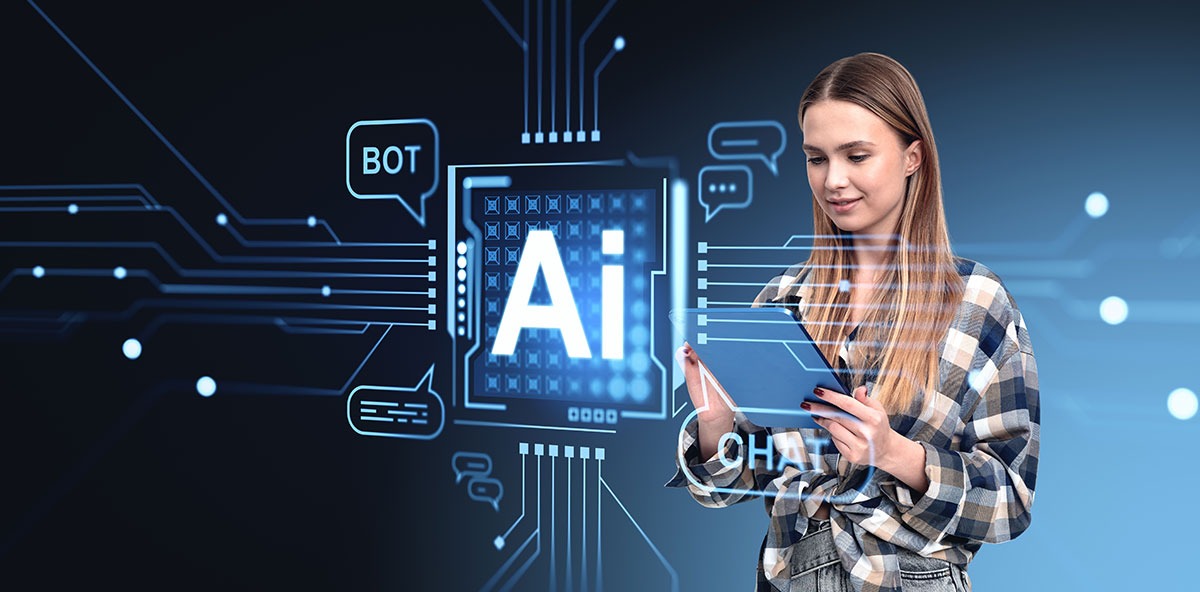
AI as the Engine of Optimization and Prediction
If IoT provides the data, Artificial Intelligence provides the insight. AI, specifically its powerful machine learning subfield, is the engine that processes the massive datasets generated by IoT to uncover patterns, make predictions, and drive intelligent action. Machine learning algorithms can analyze historical performance data from thousands of sensors to learn a machine's "normal" operating signature. By continuously monitoring the real-time data stream, the AI can detect subtle deviations from this baseline that may indicate an impending failure, long before it would be apparent to a human operator. This is the principle behind predictive maintenance, one of the most widely adopted and highest-value applications of AI in manufacturing today. By predicting failures before they happen, companies can move from a costly, reactive maintenance model to a proactive, data-driven one, maximizing uptime and extending the life of their assets.
The power of AI extends far beyond maintenance. In quality control, computer vision systems powered by deep learning algorithms can inspect products on the production line with superhuman speed and accuracy, identifying microscopic defects that would be invisible to the human eye. This not only improves product quality and reduces waste but also provides a rich dataset that can be used to identify the root causes of quality issues upstream in the process. AI can analyze many variables in supply chain management, including historical demand patterns, market trends, weather forecasts, and geopolitical events, to create far more accurate demand forecasts. This enables companies to optimize inventory levels and reduce the risk of stockouts or overages. Across every function, from production scheduling to energy management, AI is being applied to solve complex optimization problems, turning the data from IoT into tangible improvements in efficiency, quality, and profitability.

Conclusion
The convergence of IoT and AI is not futuristic; it is happening now and fundamentally reshaping the manufacturing industry's competitive landscape. The journey begins with establishing a robust IoT foundation to capture the granular, real-time data that is the lifeblood of the smart factory. This data then fuels the AI engine, which unlocks insights that enable a move from a reactive to a proactive and predictive operational model. This is the core of the Industry 4.0 transformation—the infusion of intelligence into every aspect of the manufacturing process. The ultimate destination on this journey is the autonomous factory—a self-optimizing, self-configuring, and self-healing ecosystem that can adapt to changing conditions with minimal human intervention. While this vision may still be on the horizon for many, the steps taken today to build a strong foundation in IoT and AI are the essential prerequisites for getting there. The companies that embrace this intelligence revolution will be the ones that thrive in the 21st century. They will be more agile, efficient, and resilient than their competitors, capable of delivering higher-quality products to market faster and at a lower cost. The autonomous factory is the future of manufacturing, and the path to that future is paved today by the powerful unity of AI and the Internet of Things.
Best Practices Guidebook
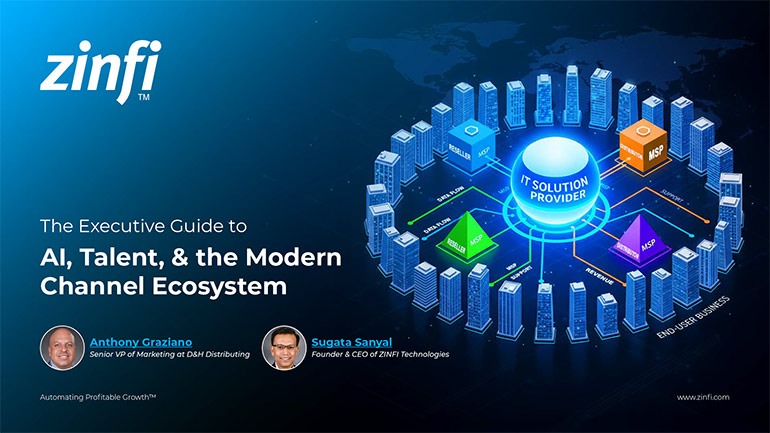 Modernizing Channel Marketing: AI and Ecosystem Enablement Best Practices
Modernizing Channel Marketing: AI and Ecosystem Enablement Best PracticesDownload for FREE
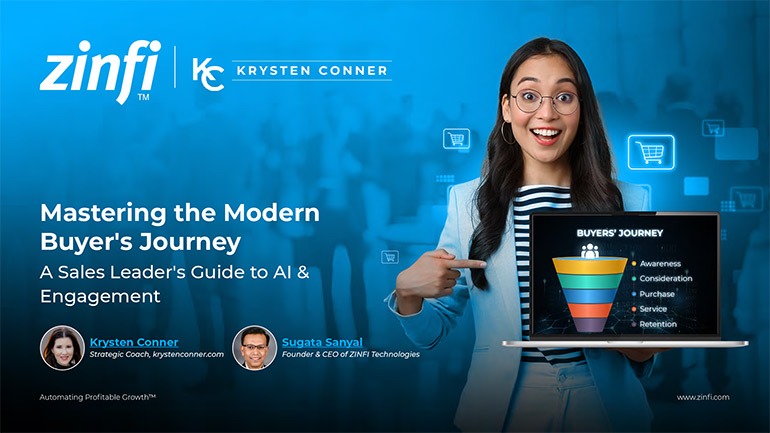 The Channel’s Shift to Partner-Led With AI Best Practices
The Channel’s Shift to Partner-Led With AI Best PracticesDownload for FREE
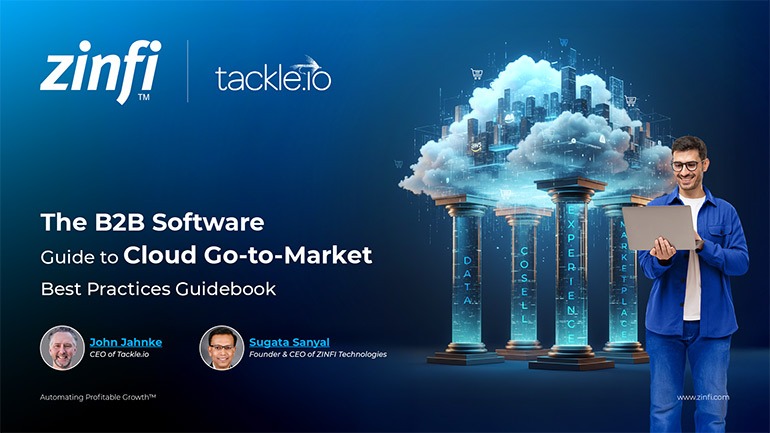 Hyperscalers, ISVs, and AI: Shaping the Future of B2B Software Distribution
Hyperscalers, ISVs, and AI: Shaping the Future of B2B Software DistributionDownload for FREE
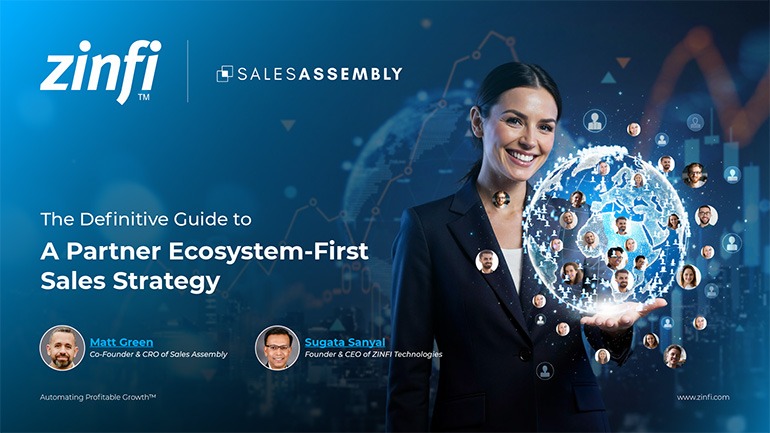 Definitive Guide to a Partner Ecosystem-First Sales Strategy
Definitive Guide to a Partner Ecosystem-First Sales StrategyDownload for FREE
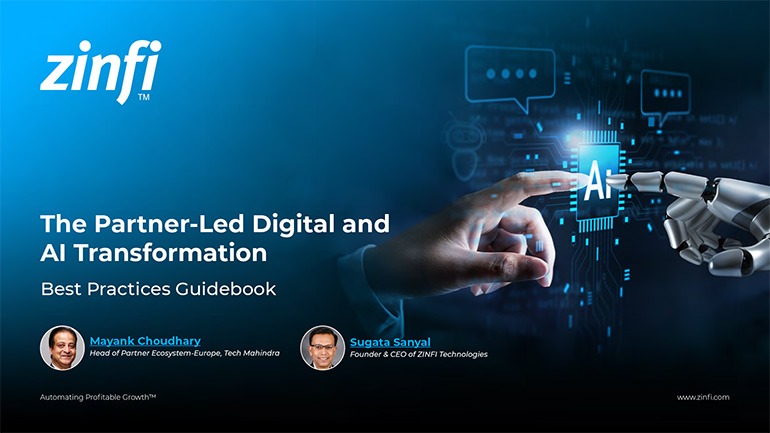 The Partner-Led Digital and AI Transformation Best Practices
The Partner-Led Digital and AI Transformation Best PracticesDownload for FREE
 Startup Talent Recruitment: Hiring Missionaries, Not Mercenaries
Startup Talent Recruitment: Hiring Missionaries, Not MercenariesDownload for FREE
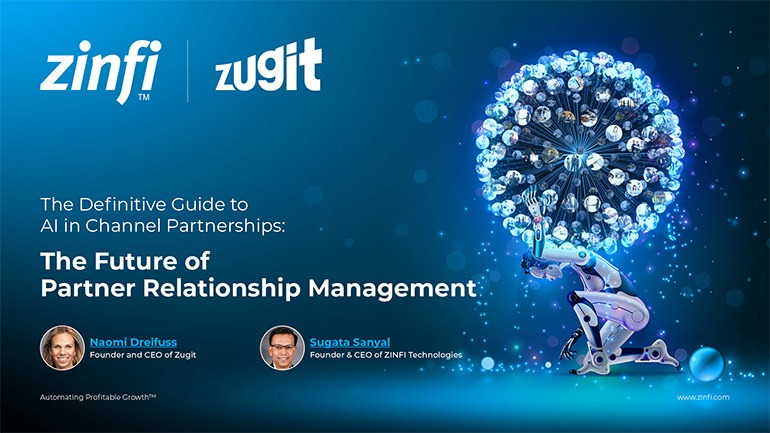 The Future of Partner Relationship Management with AI in Partnerships
The Future of Partner Relationship Management with AI in PartnershipsDownload for FREE
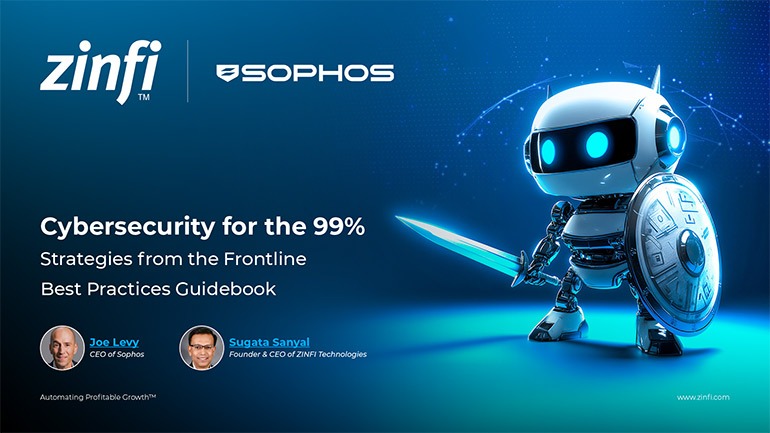 Cybersecurity for the 99%: Strategies from the Frontline
Cybersecurity for the 99%: Strategies from the FrontlineDownload for FREE
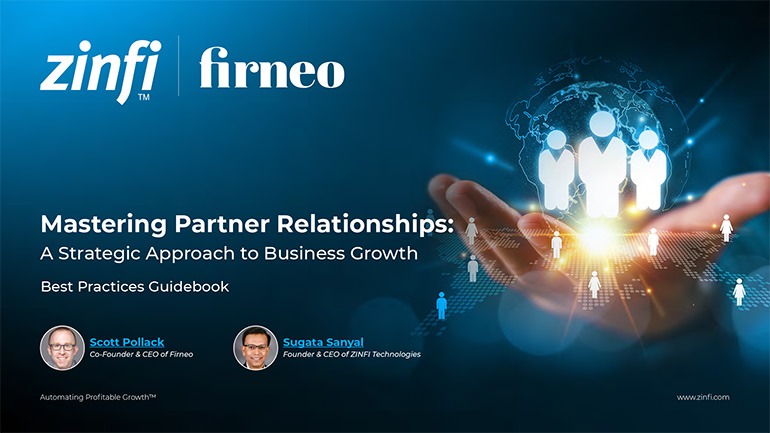 Mastering Partner Relationships: A Strategic Approach to Business Growth
Mastering Partner Relationships: A Strategic Approach to Business GrowthDownload for FREE
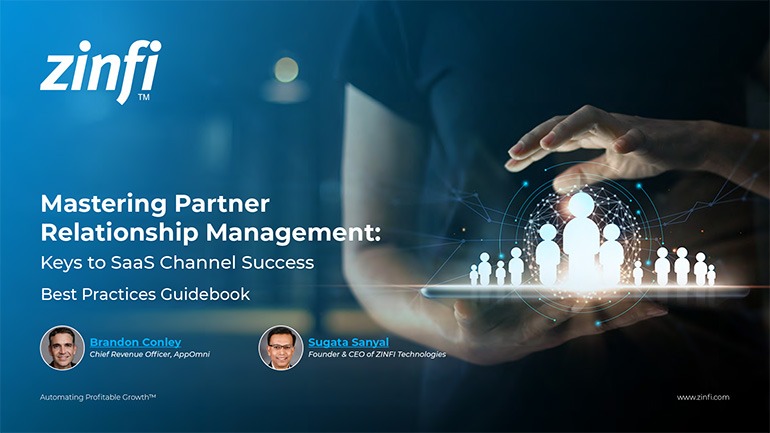 Mastering Partner Relationship Management: Keys to SaaS Channel Success
Mastering Partner Relationship Management: Keys to SaaS Channel SuccessDownload for FREE
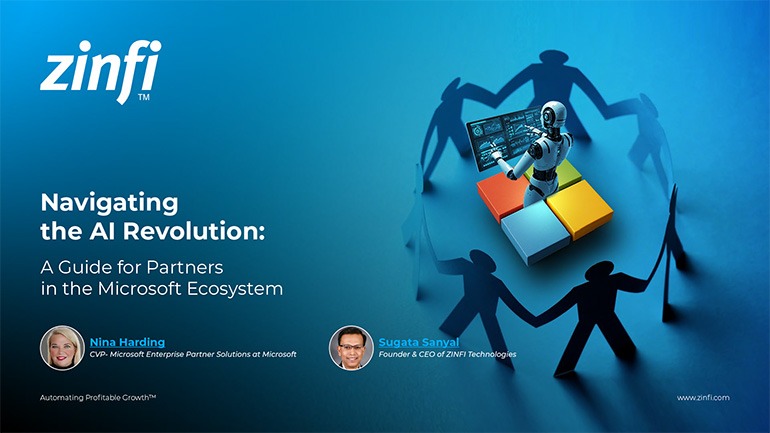 Navigating the AI Revolution: Guide for Partners in the Microsoft Ecosystem
Navigating the AI Revolution: Guide for Partners in the Microsoft EcosystemDownload for FREE
 Mastering the Modern Buyers Journey: Sales Leader’s Guide to AI & Engagement
Mastering the Modern Buyers Journey: Sales Leader’s Guide to AI & EngagementDownload for FREE

